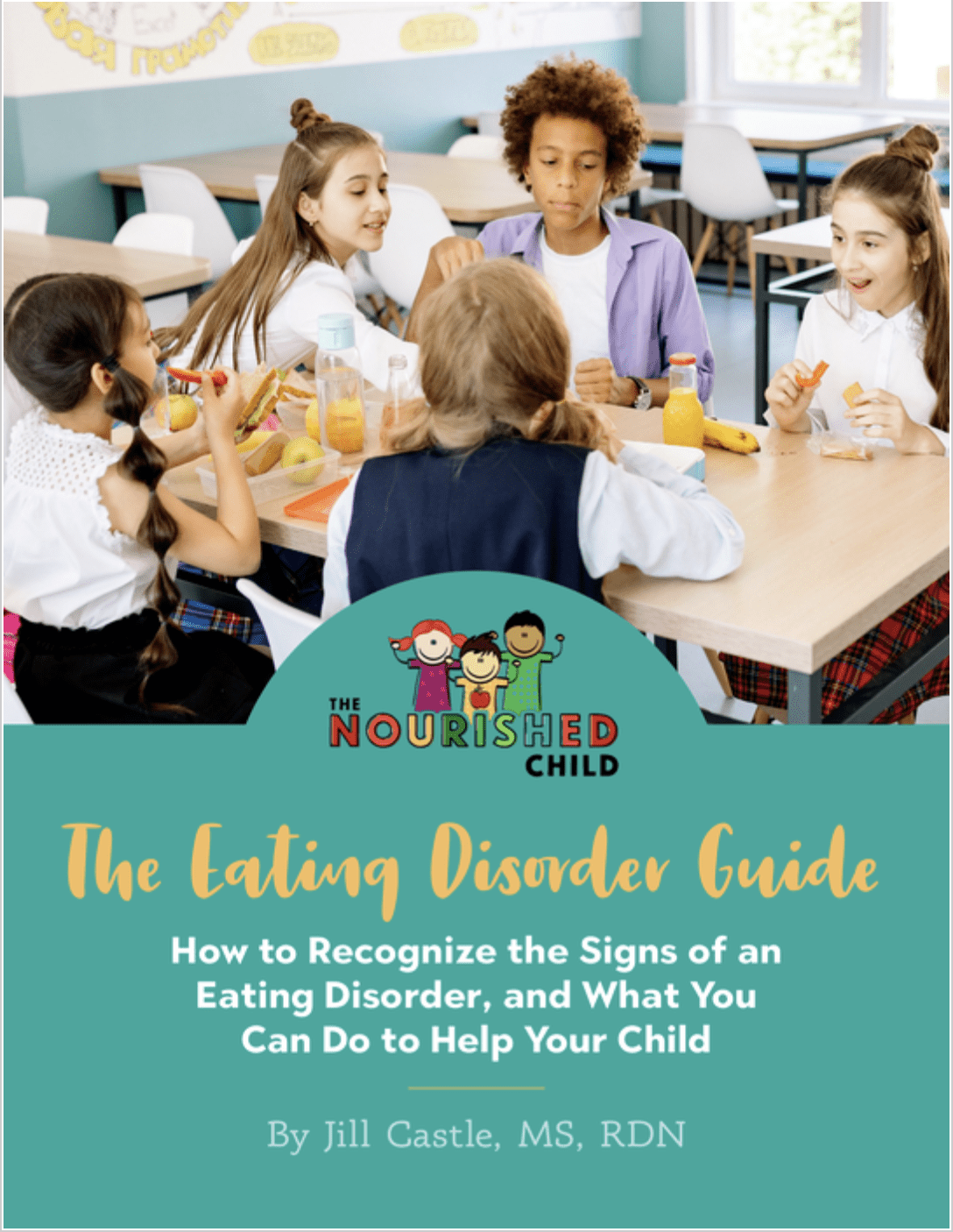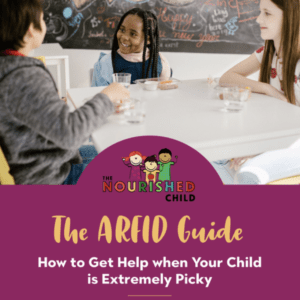Description
The Eating Disorder Guide
How to Recognize the Signs of an Eating Disorder and What You Can Do to Help Your Child
Eating disorders in children are increasing…in boys and kids under age twelve.
If you notice your child isn’t eating as much as she used to? Is he more concerned about health and eating “clean” than ever before? Has she lost weight or seems to rollercoaster up and down? If you’ve worried about your child’s eating, their mentality about food, weight, and health, or believe “food is becoming an issue,” your hunches may be right.
The Eating Disorder Guide focuses on children and the typical signs and symptoms of a developing eating disorder (which are different from those in adults).
You’ll learn about the different eating disorders in children, what you can do, and where to find more help. Written by Jill Castle, this booklet includes 31 pages.





